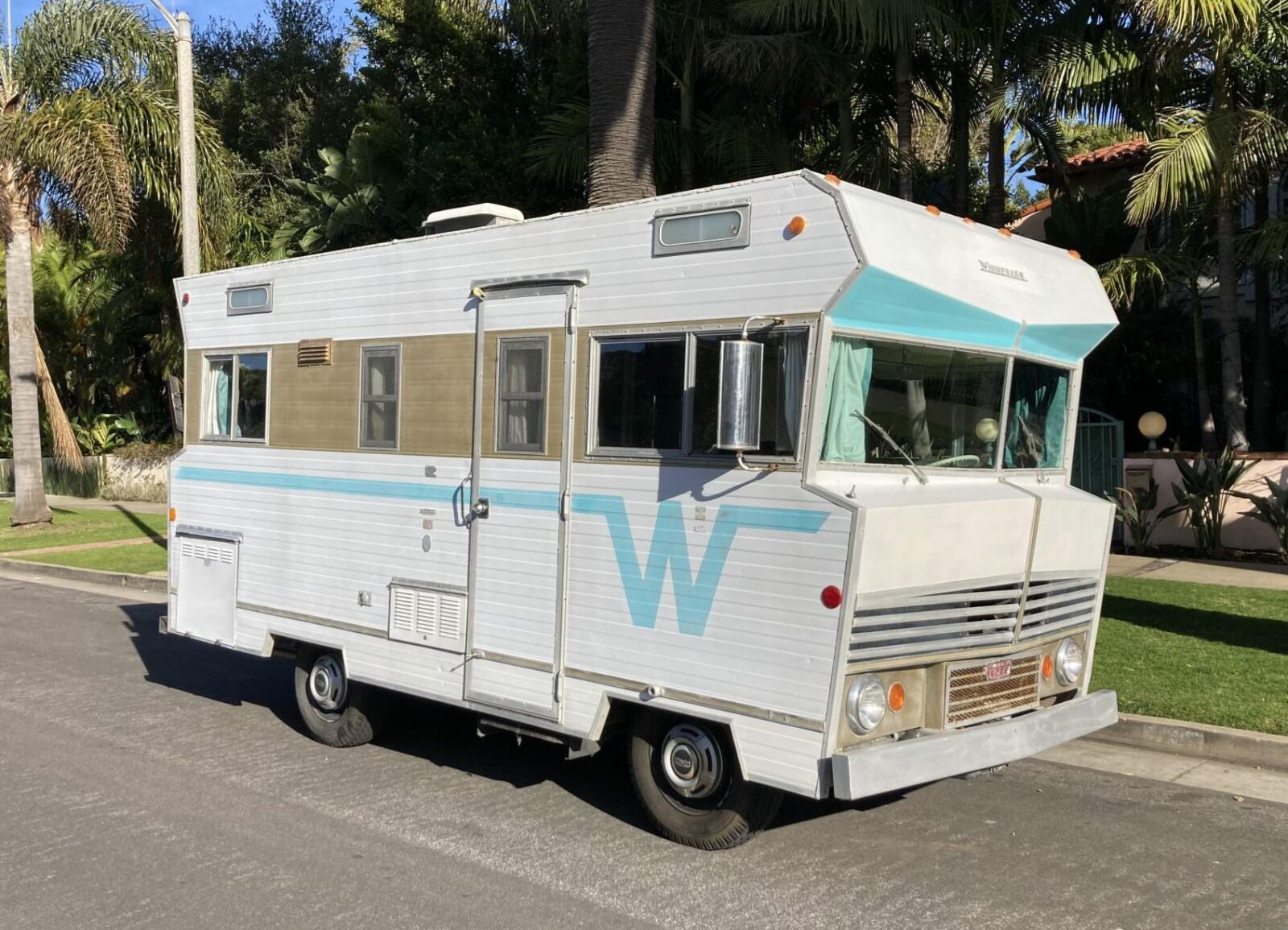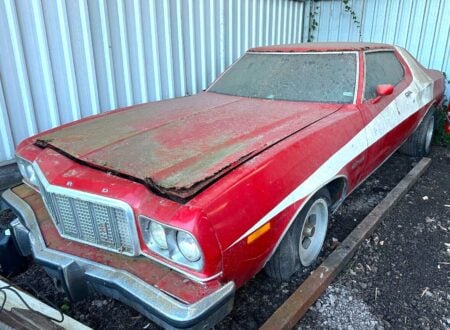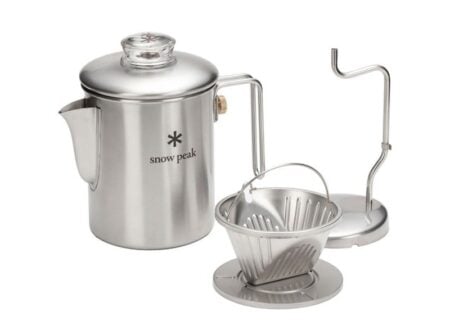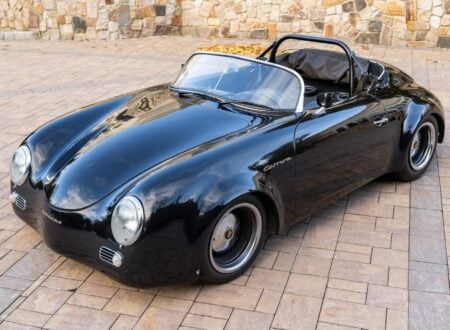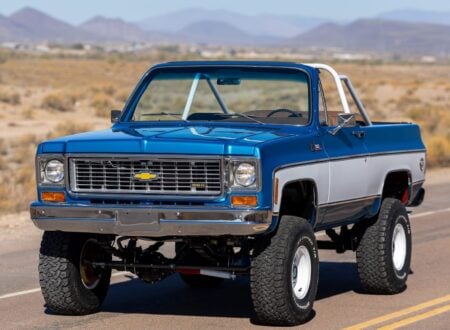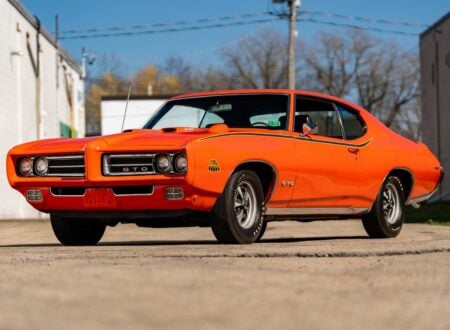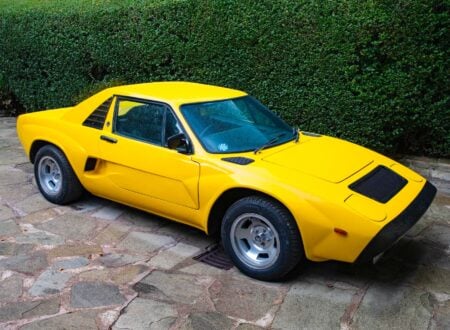This is a 1968 Winnebago F17 Camper, it was the first model that the American RV manufacturer produced back in 1966, meaning that the model you see here is one of relatively few early survivors from the formative years of the company that would go on to become a household name.
The Winnebago F17 you see here remains in largely original condition throughout, it was built on a Ford F-350 chassis and it’s powered by a 300 cubic inch Ford inline-six sending power to the rear wheels via a 3-speed automatic transmission.
Fast Facts – The Winnebago F17 RV
- The Winnebago 17 was the first RV that the American company ever put into series production. It’s based on a Ford F-350 chassis, running gear, and drivetrain, with a uniquely styled body manufactured in-house by Winnebago.
- Inside the Winnebago 17 you’ll find a fully equipped bathroom with a shower, toilet, and sink. There’s also a kitchenette with a stove top, oven, range hood, refrigerator, and cabinet space. There are two loft beds sleeping up to four, and a dinette that can seat the same number.
- The Winnebago F17 is the model that launched the company onto the market dominance they would later enjoy, thanks to both the high-quality of the construction and the lower cost – almost half the price of their competition.
- The 1968 Winnebago F17 you see here remains in remarkably original condition throughout, the interior still has its quintessentially 1960s retro interior. The engine is said to have been overhauled in 2016 and the carpeting and curtains are said to have been replaced in the same year.
The Origins Of Winnebago
The early history of the Winnebago Company can be traced back to the early 1950s, when John K. Hanson was working as a traveling salesman. Hanson was a passionate outdoorsman who loved spending time in the great outdoors, but he found that there were no suitable accommodation available for his adventures. Motels and hotels were often too far away from his chosen locations, and traditional camping methods were too uncomfortable and inconvenient.
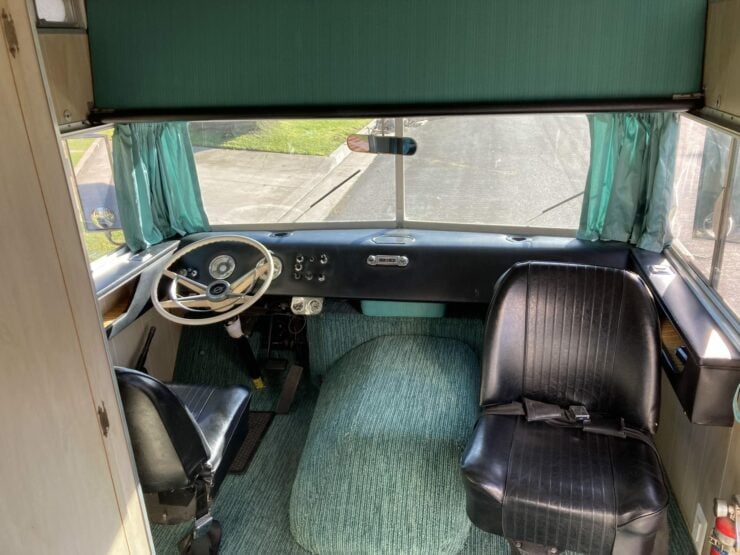

Hanson began to envision a new type of vehicle that could provide comfortable, mobile accommodation for outdoor enthusiasts like himself. In 1958, he partnered with a group of investors to form the Winnebago Industries company, with the goal of designing and building recreational vehicles that would meet the needs of travellers who didn’t want to sleep in tents.
The company took its name from the river that flows through Forest City and the Iowa County where it was founded – the name originally came from a Native American tribe that lived in the region. As a result many early Winnebagos had names with Native American roots like “Chieftain” and “Brave.”
The First Winnebago
The first Winnebago motorhome was built in 1966, and it quickly became a popular choice for travelers across the United States. It was called the Winnebago 17 and it was based on a Ford P-350 chassis, running gear, and drivetrain. This simplified construction, reduced costs, and made spare parts easy to source for owners.
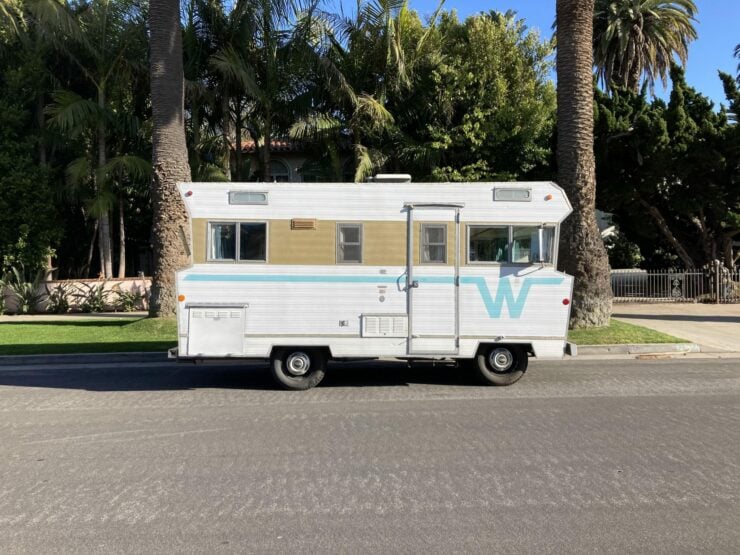

The company continued to innovate and refine its designs, introducing new features and amenities that made its motorhomes more comfortable and convenient than ever before. They also pioneered a production line facility for RV manufacturing, and worked to control costs – as a result their could offer their motorhomes for approximately half the cost of the competition.
Incredibly, having only produced their first production motorhome in 1966, the company went public on the New York Stock Exchange with the symbol WGO in 1971 – it was one of the top performing stocks of the year, skyrocketing 470% in value.
Over the years, the Winnebago Company has continued to grow and evolve. Today, it is one of the largest and most successful RV manufacturers in the world, producing a wide range of motorhomes, travel trailers, and other recreational vehicles that are sold in dealerships across North America and around the globe.
Despite its successes, Winnebago has faced its share of challenges – in the early 2000s, the company struggled to adapt to changing market conditions, and it was forced to undergo a major restructuring to stay competitive. However, with the help of a dedicated team of employees and a renewed focus on the company’s core business, they have emerged stronger than ever.
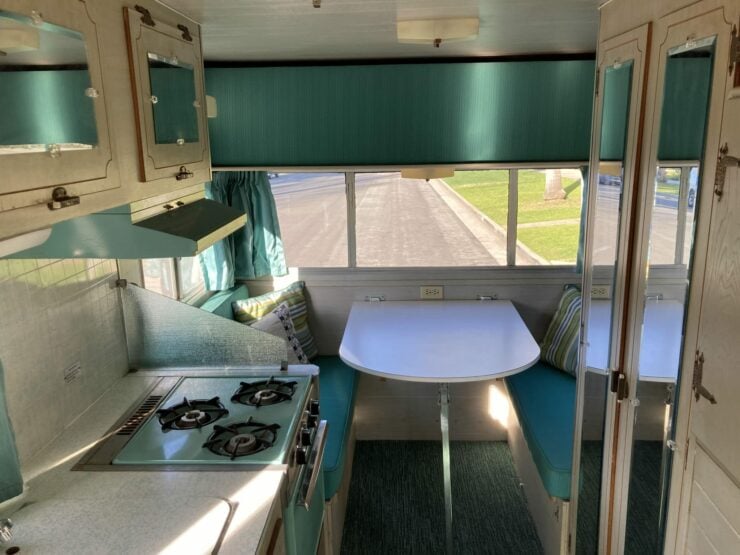

Looking to the future, Winnebago is working to position the company for continued growth, not always an easy task given how much the market has changed in just the past 10-15 years. One thing that’s working in their favor is the continued rise in popularity of vanlife culture and adventure travel.
The Winnebago F17 Camper Shown Here
The Winnebago F17 you see here is a 1968 model from just the second year of production. It’s finished in white and gold with blue trim over black vinyl and blue cloth upholstery inside, and thanks to its unusual design it almost looks like a camper trailer that got loose from its towing vehicle when it’s driving down the road.
It’s clear that the design of the Type 17 was to create a camper trailer, or caravan, that was drivable without needing an automobile. The engineers at Winnebago started with a Ford F-350 pickup truck chassis and added their own body on top.
They kept the Ford running gear and drivetrain, which makes things nice and easy when it comes time to find spare parts, and this specific type 17 is powered by the 300 cubic inch (4.9 liter) Ford inline-six which is sending power back through a 3-speed automatic transmission to the rear wheels.
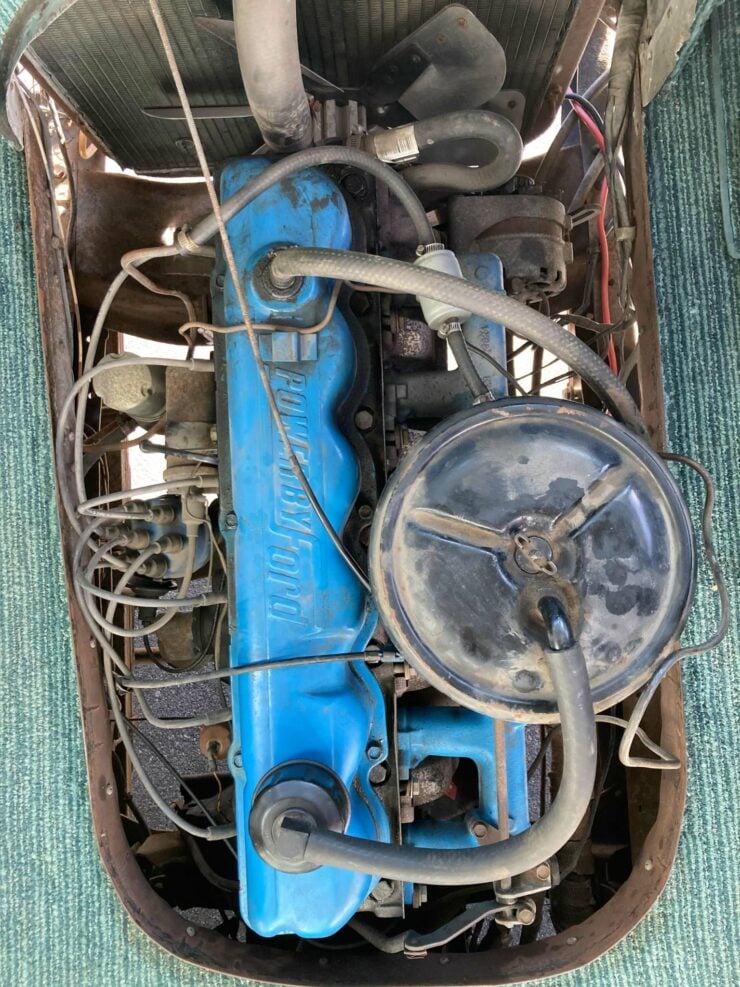

The Ford 300 inline-six first entered production in 1964 and it survived until 1996 with a series of upgrades over time. It was offered as an engine option in many Ford F-series trucks and Broncos, and it produced 170 bhp and up to 260 lb ft of torque.
This Winnebago F17 has had a few relatively recent upgrades including an engine overhaul in 2016 and the carpeting and curtains are said to have been replaced in the same year. The compact layout of the RV belies a fully-featured interior with a shower and toilet, a kitchenette with a stone top, oven, refrigerator, range hood, and plenty of cabinet space.
There’s also sleeping for up to four in overhead beds, and a dinette set that seats the same number. The Winnebago F17 was designed for both retired and younger couples as well as young families who wanted to take to the road and see America with their own eyes.
This vintage type 17 has clearly been well used and it’s not in perfect condition, it’ll be up to the new owner whether they want to keep it as-is, restore it fully, or just take it out on the road and fix things in the order that they break.
This particular Winnebago is now being offered for sale out of Ventura, California on Bring a Trailer with with service records, a Ford owner’s manual, and a clean California title in the seller’s name. If you’d like to read more about it or register to bid you can visit the listing here.
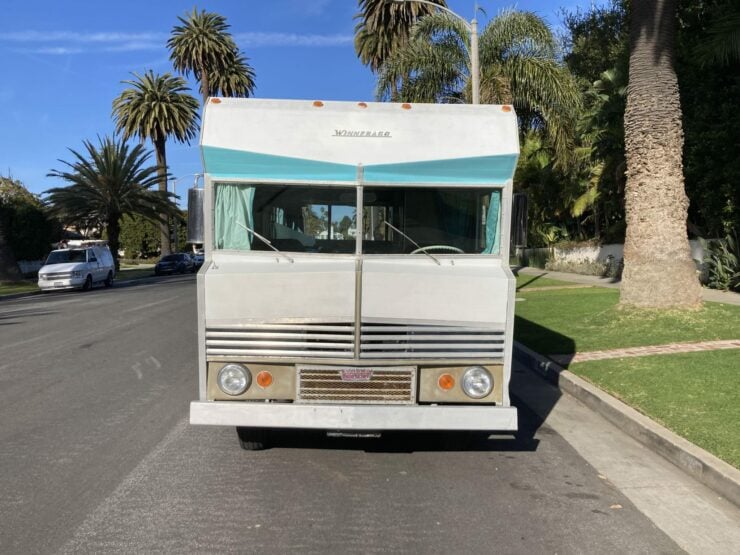
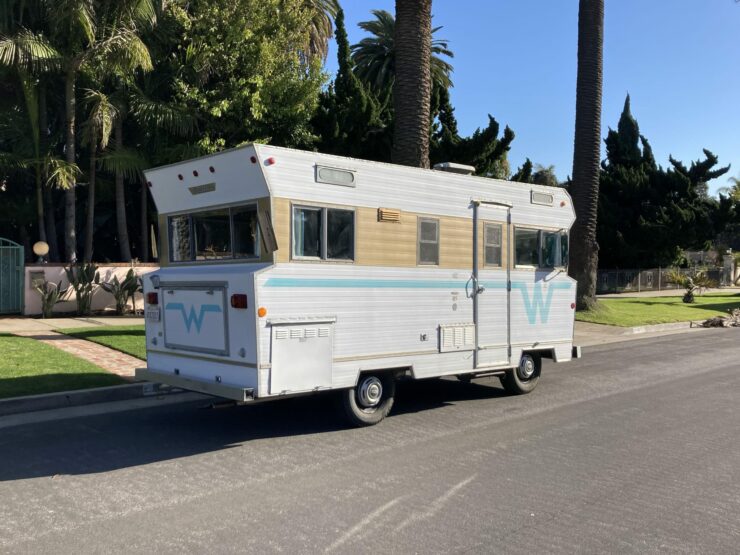
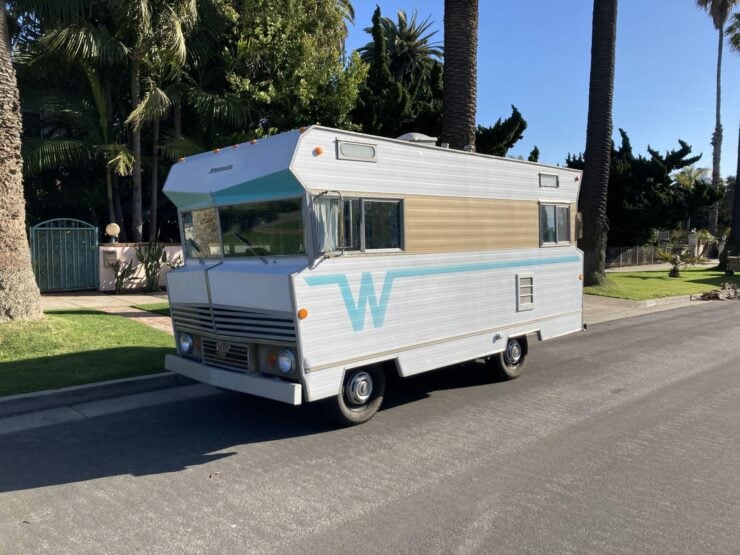
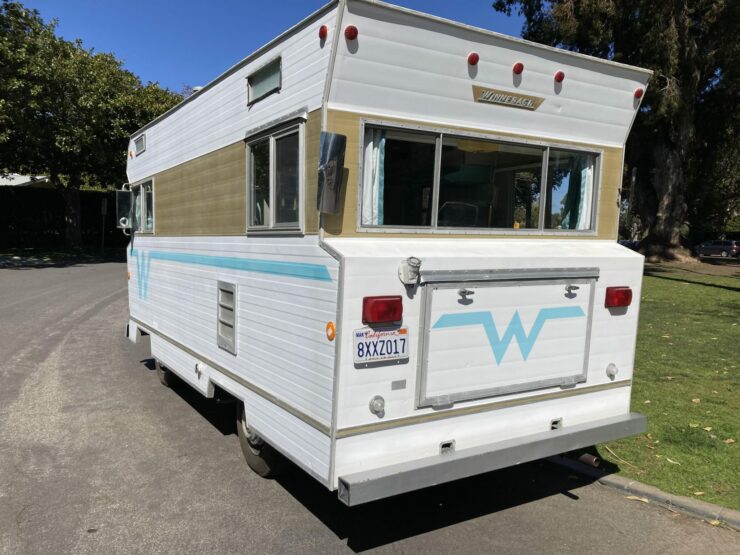

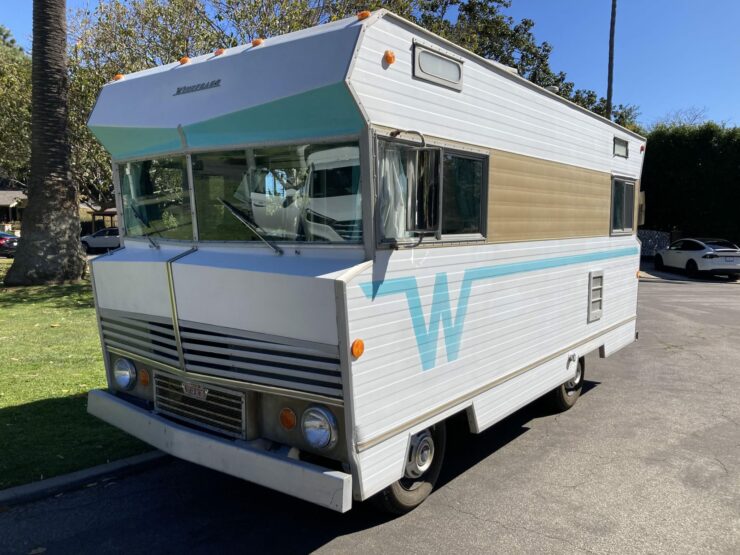
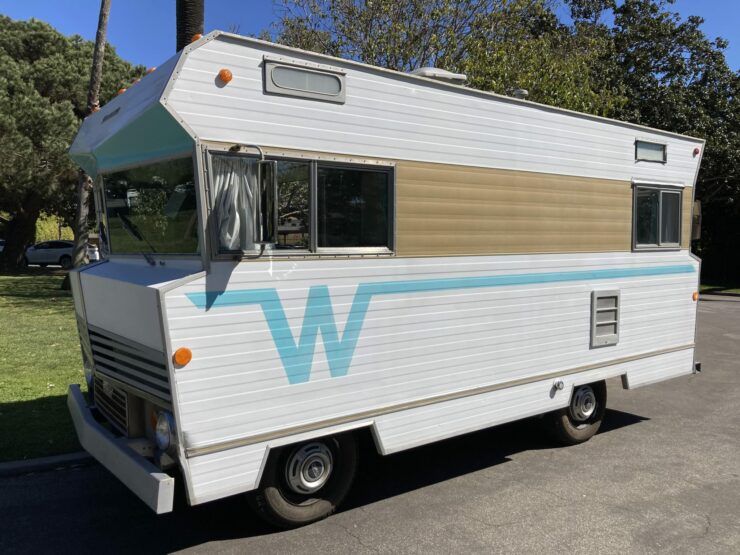
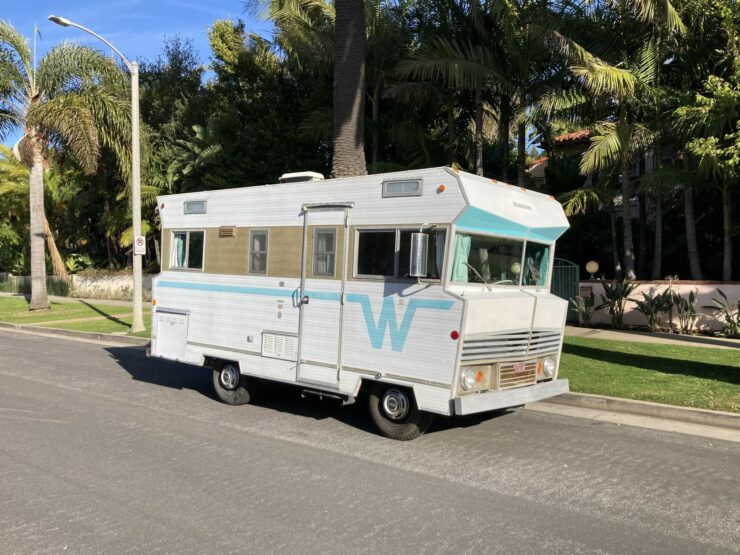
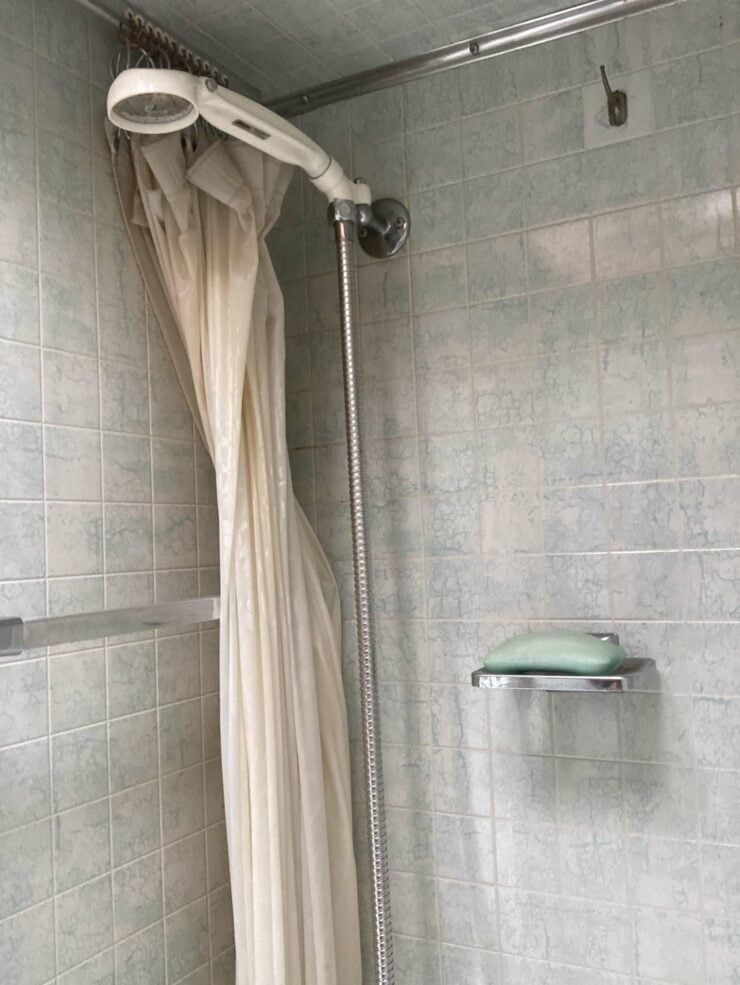
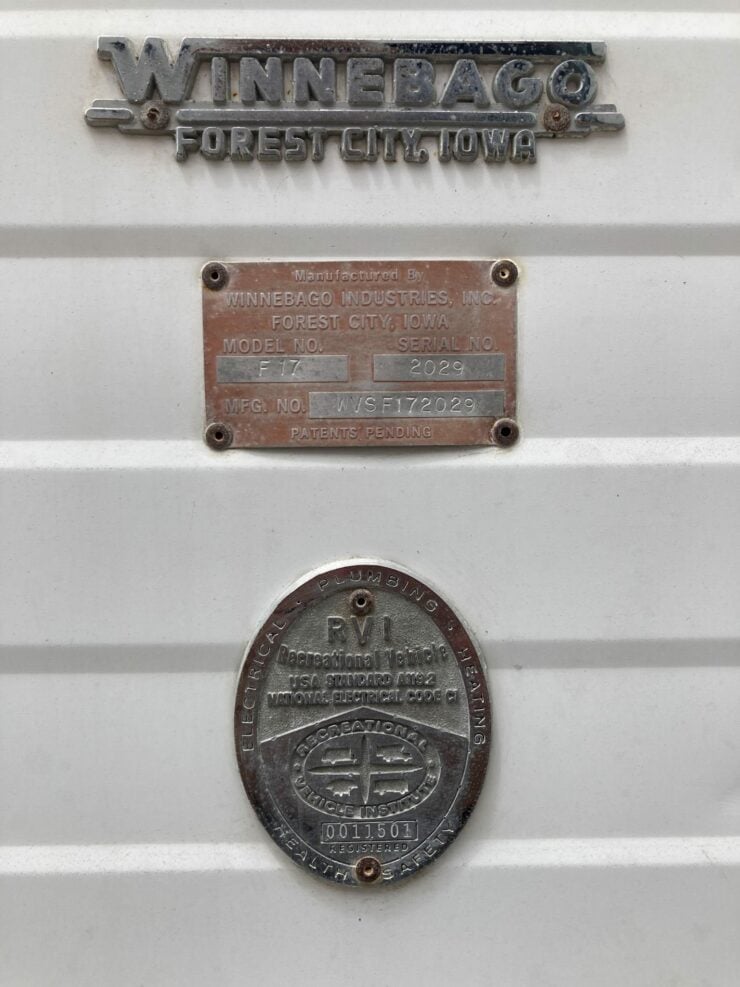
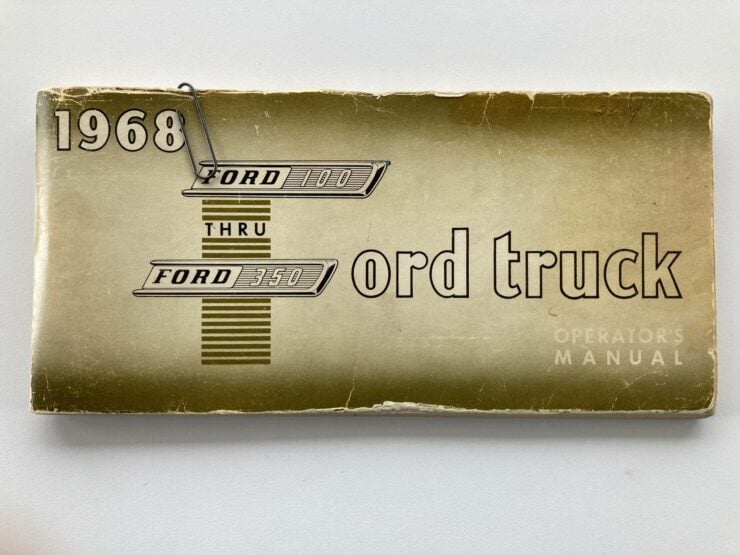
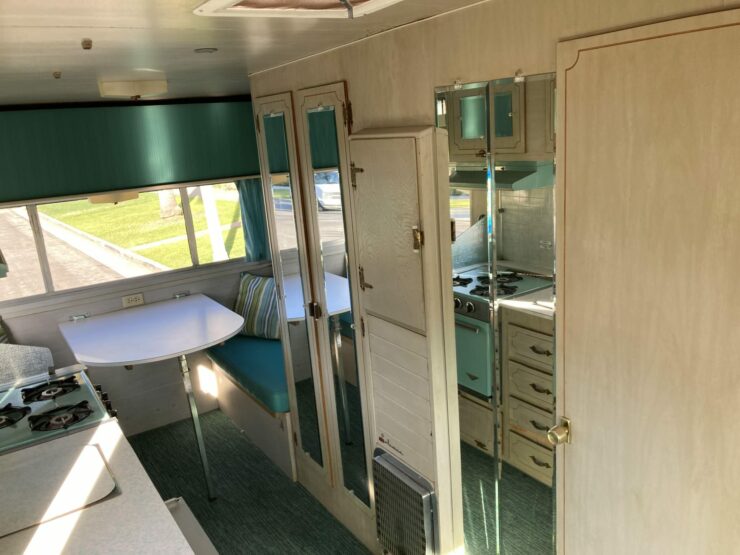
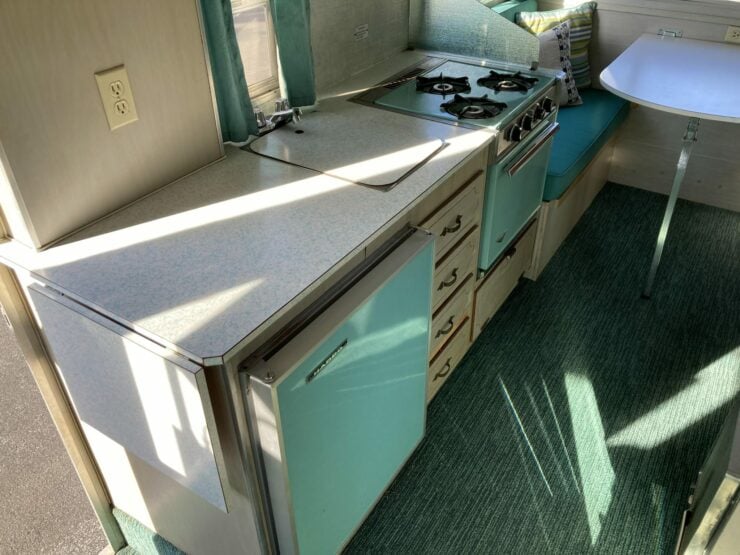

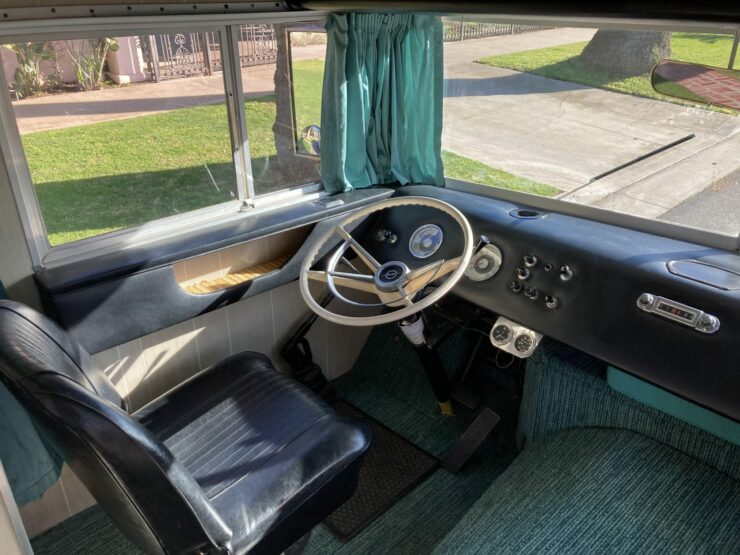
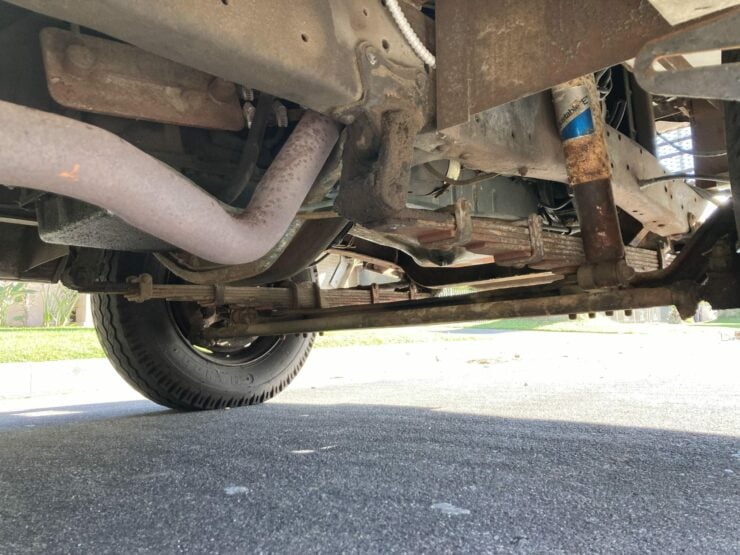
Images courtesy of Bring a Trailer

